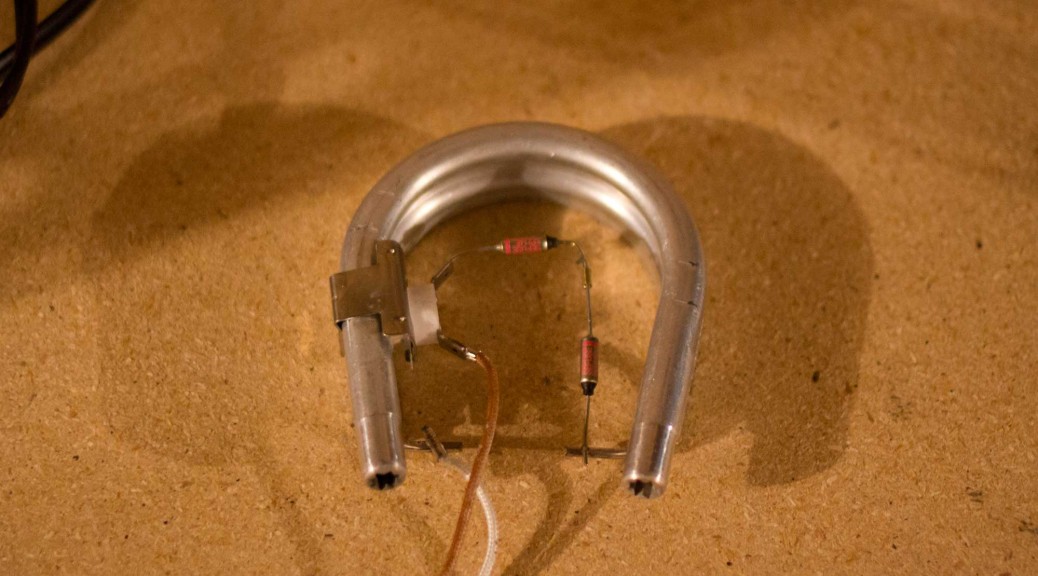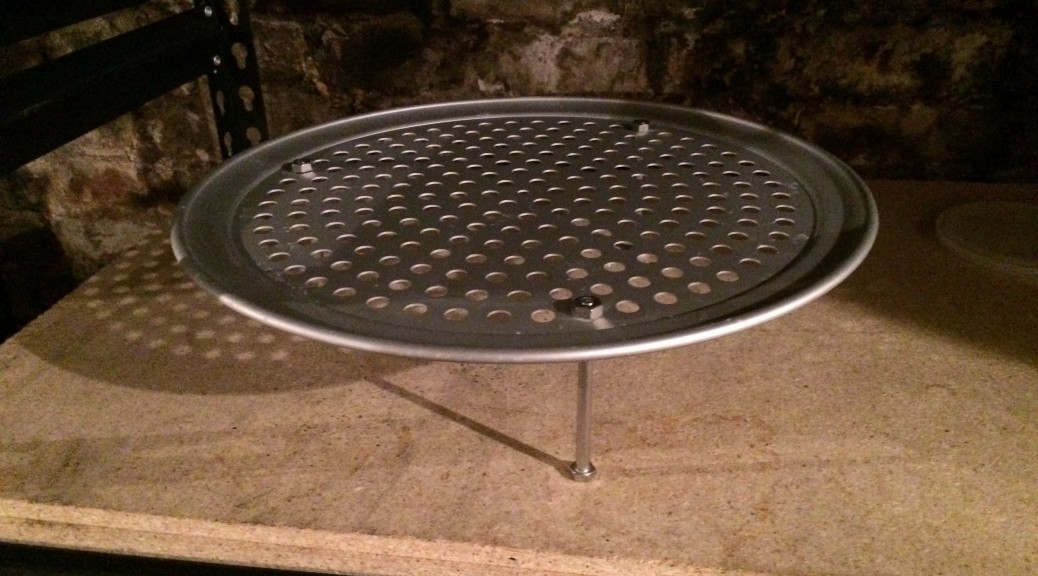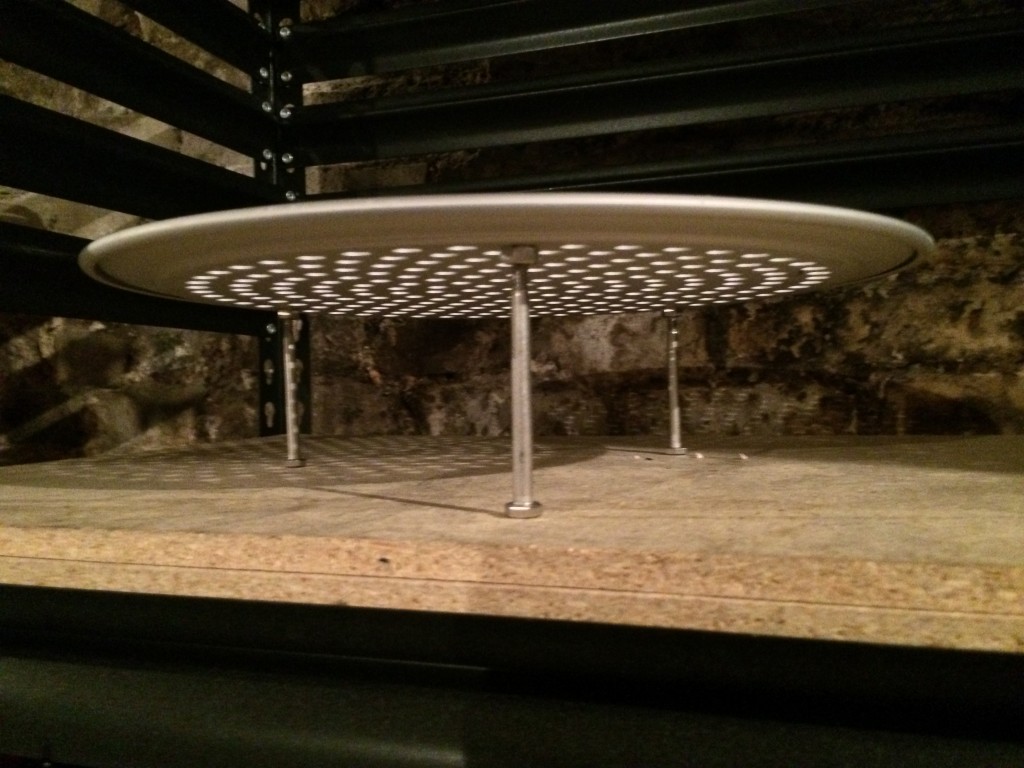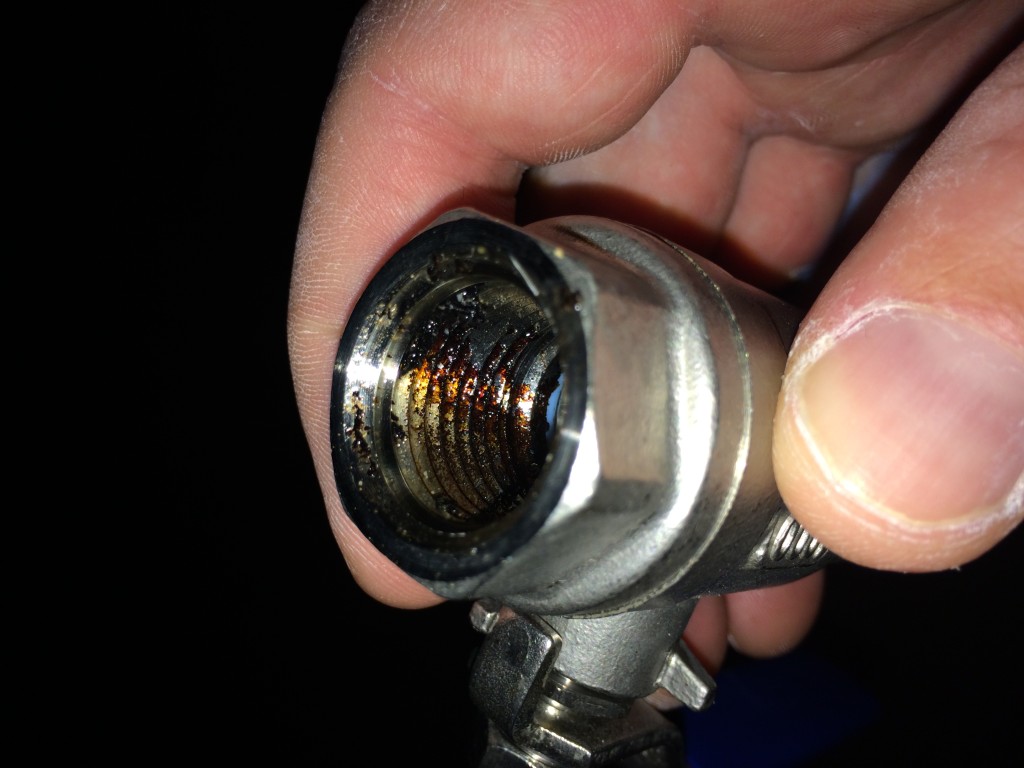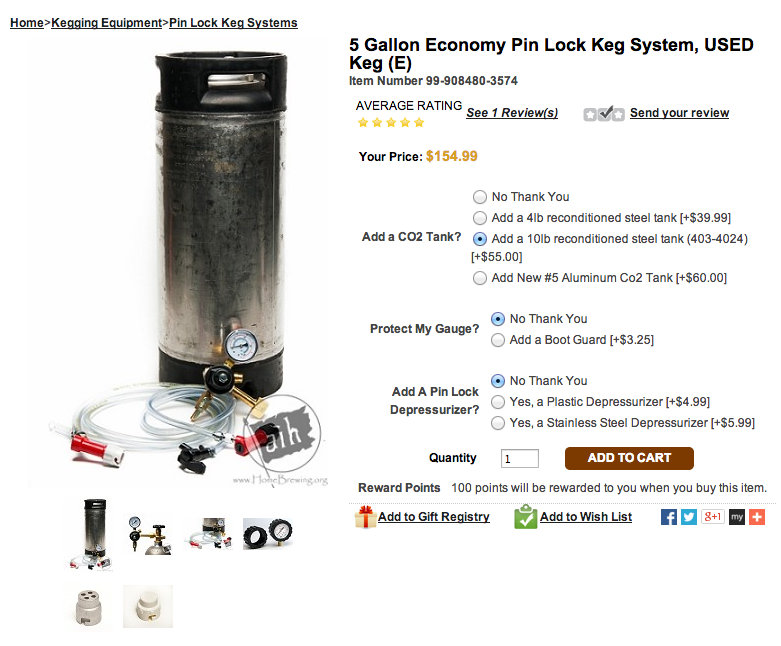Spunding valves are an interesting little tool for brewers that let you control the pressure in your fermenting vessel (almost always a keg for homebrewers) They are an adjustable blow off valve that will release at or above a certain pressure point. The benefits of using one are primarily that you can end up with carbonated beer straight out of the fermenter, and that they can allow increased fermentation temps (specifically in lagers) with fewer off-flavors. I don’t know if I have seen any proof of the second point, but I have certainly read it often.
The auxilliary thing I like about having a pressurized keg that is still fermenting is that it is VERY easy to take a sanitary sample using a picnic faucet, and there is essentially zero chance of O2 entering the keg, as the gas pressure is far more reliable than an airlock (that may require topping off.)
One down side to spunding valves is that some yeasts put out off-flavors in their gas, especially early into fermentation. If you’ve ever smelled cabbage or eggs coming out of a vigorous ferment you can see how disconcerting that could be coming off of a pint glass. Most commercial breweries vent off any natural carbonation so that they can inject the beer with pure co2 at bottling, and some people say that this gives a cleaner taste.
Continue reading DIY Spunding Valve – one-stop parts shopping on amazon →



